Yen Bai - In 2025, Yen Bai province will continue to develop many solutions to diversify livelihoods, provide vocational training, create jobs, support production development, and increase income for poor and near-poor households.
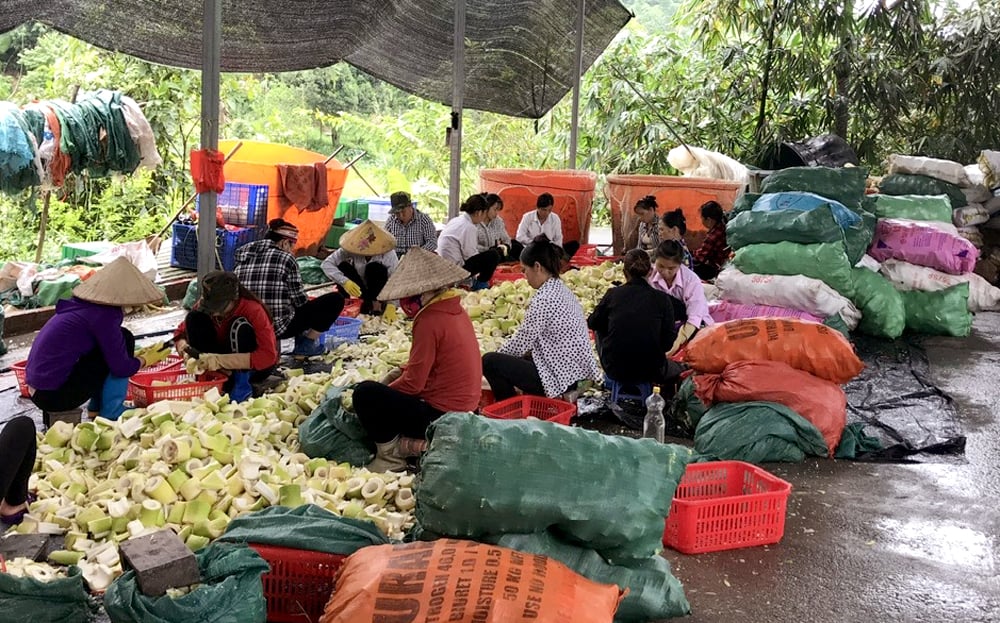 |
Bat Do bamboo shoot processing contributes to creating jobs and increasing income for many poor households in Tran Yen district. |
In particular, the province focuses on enhancing vocational training, job creation, and labor export for workers from poor and near-poor households, contributing to improving qualifications and vocational skills to create jobs, increase income, and sustainably reduce poverty. By 2025, the province strives to provide vocational training for 1,220 people; provide career counseling, orientation, and job referrals for 10,000 people; create jobs for 1,930 people; shift 555 workers from agriculture to non-agriculture, and export labor for 200 people or more.
Speed up the progress and improve the effectiveness of implementing projects and sub-projects on production development under the National Target Programs and policies to support production development associated with restructuring of rural agriculture; strengthen vocational training for rural workers and shift the labor structure from agriculture to non-agriculture to solve employment, improve productivity and income for workers in the province, especially workers from poor and near-poor households.
It is expected that by 2025, about 6,000 poor and near-poor households will receive support from agricultural production development projects under the National Target Program for Sustainable Poverty Reduction.
Continue to supplement the entrusted capital from the local budget to implement preferential credit lending programs through the Social Policy Bank system in the province to support production and business activities, and create jobs for poor households, near-poor households, newly escaped poverty households and households with difficulties in employment.
Effectively implement preferential credit policies in the area, linking the provision of preferential credit with guidance on economic practices, vocational training, agricultural and industrial promotion, and the transfer of scientific and technological advances into production for poor and near-poor households. By 2025, about 5,000 poor, near-poor, and newly escaped-poverty households will be able to borrow capital from preferential credit sources to develop production.
Build and replicate models and projects for organizing production, business, services, trade and tourism with the participation of poor households, near-poor households and households that have just escaped poverty, suitable to the actual conditions and circumstances of each locality, ensuring sustainable development and adaptation to climate change; facilitate poor households and near-poor households to access policies supporting the development of agricultural production, services and tourism.
Support production and business models with the participation of poor and near-poor households; strengthen production, processing and product consumption links between poor and near-poor households and enterprises through cooperatives, cooperative groups, savings and loan groups; support market information and purchase output products for poor and near-poor households. Thereby, contributing to expanding livelihoods and improving incomes for poor, near-poor and newly escaped-poverty households.
Manh Cuong
Source: http://baoyenbai.com.vn/12/346019/Yen-Bai-Nhieu-giai-phap-da-dang-hoa-sinh-ke-cho-ho-ngheo.aspx



























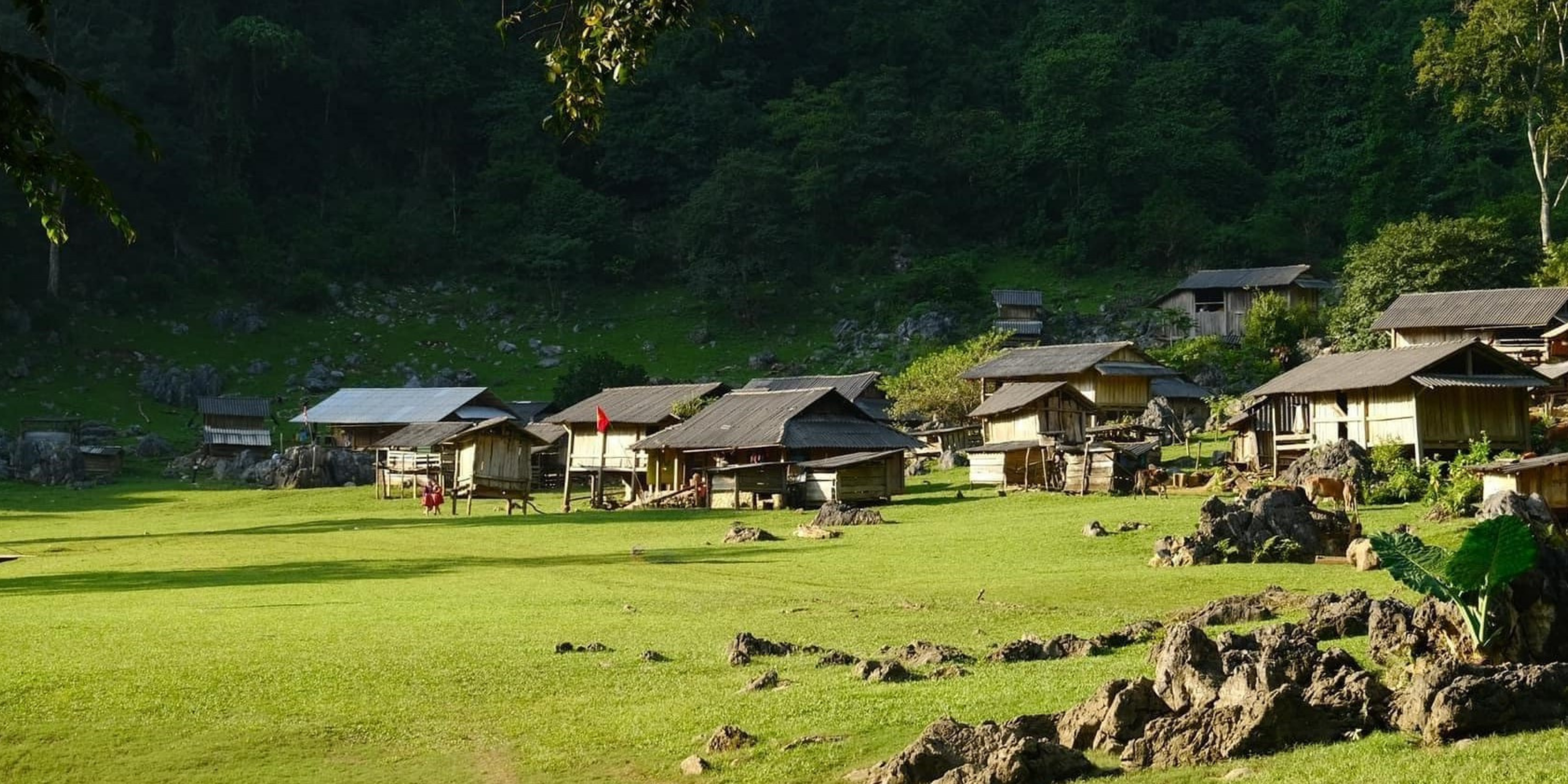
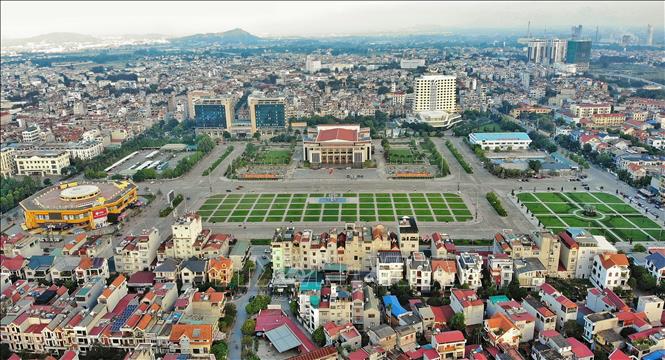
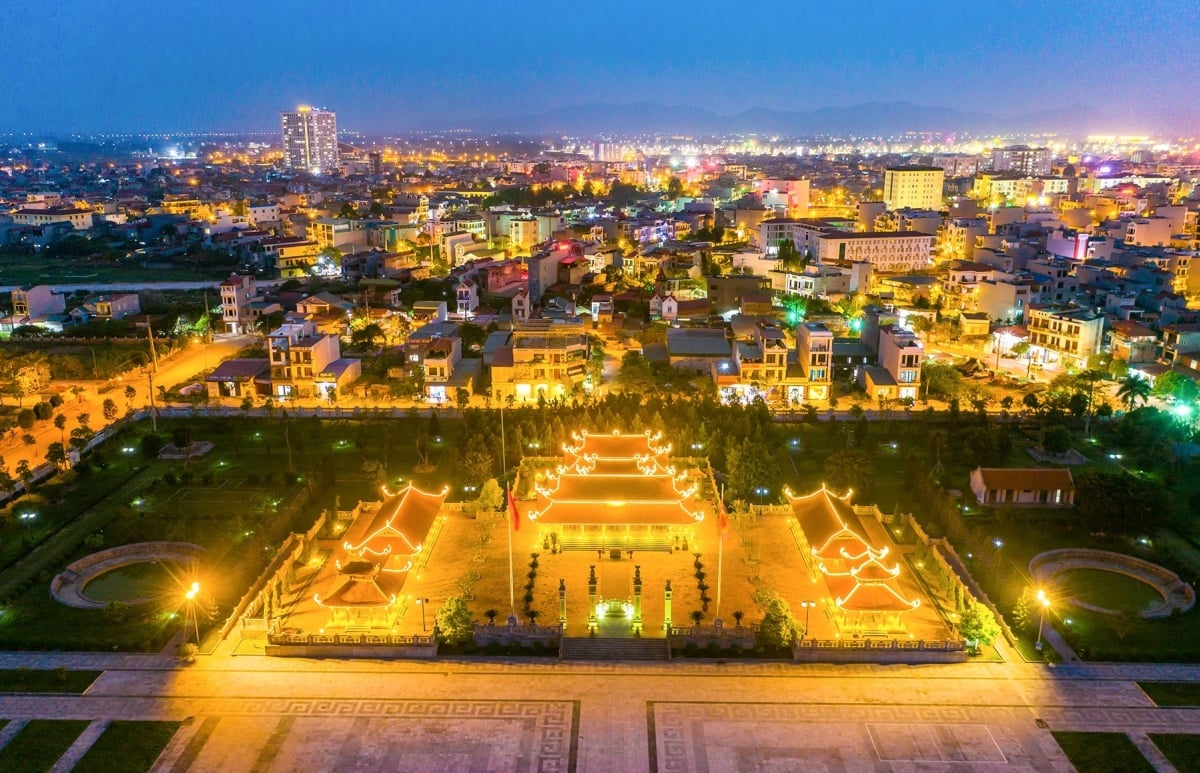
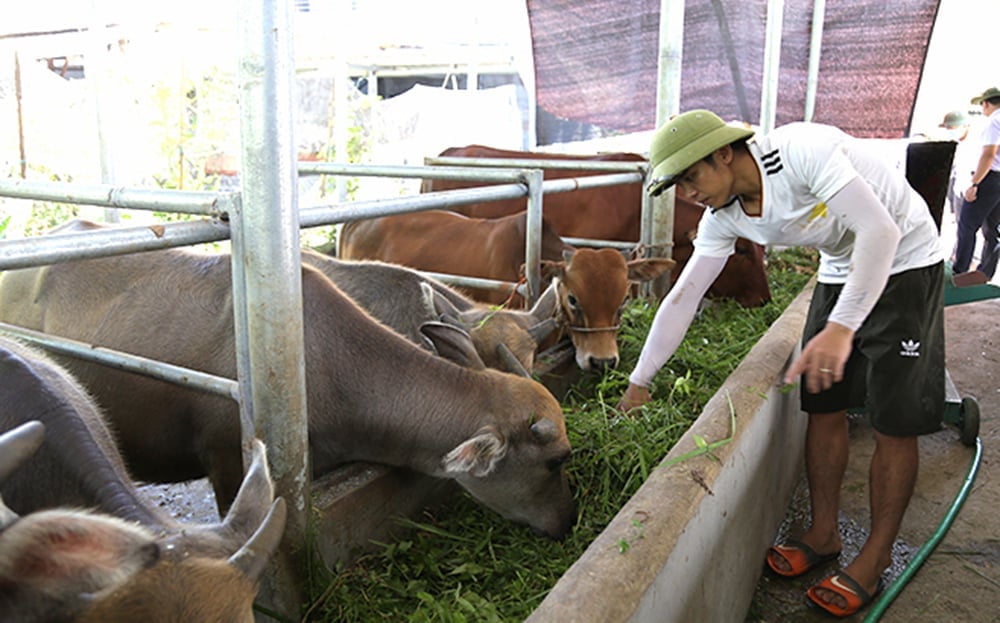

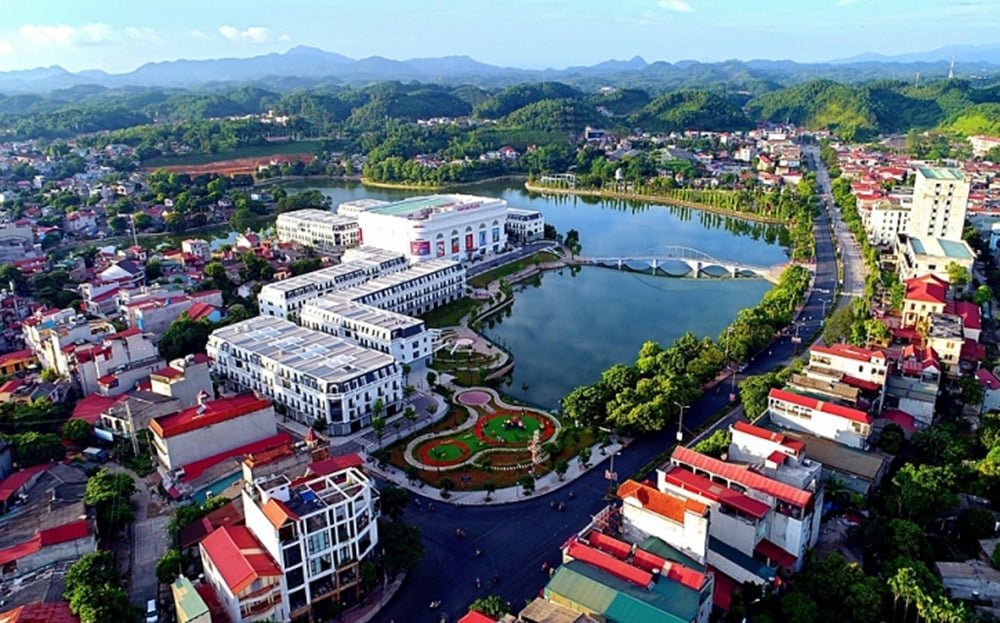
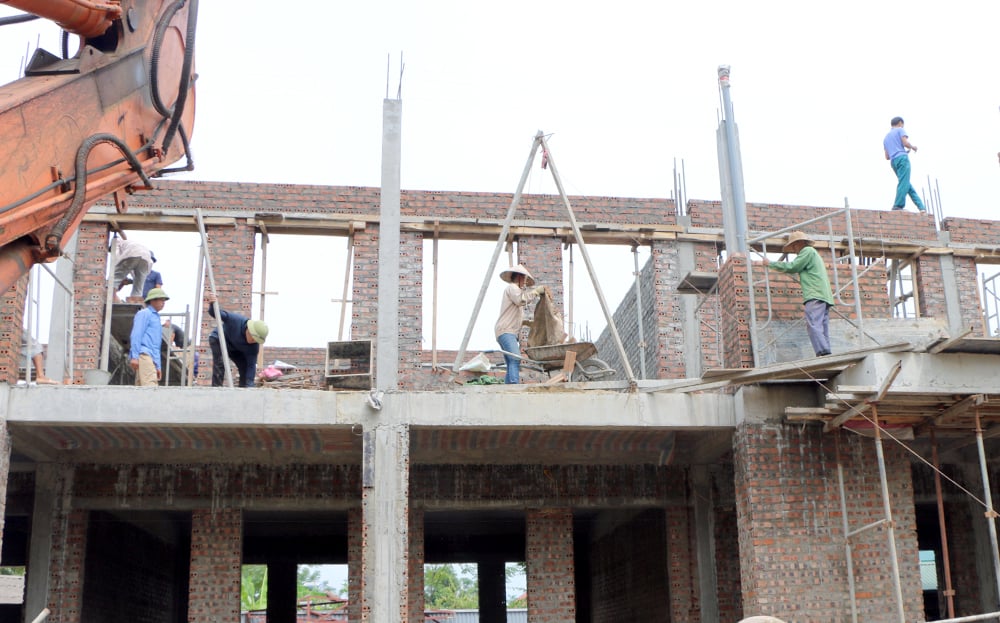
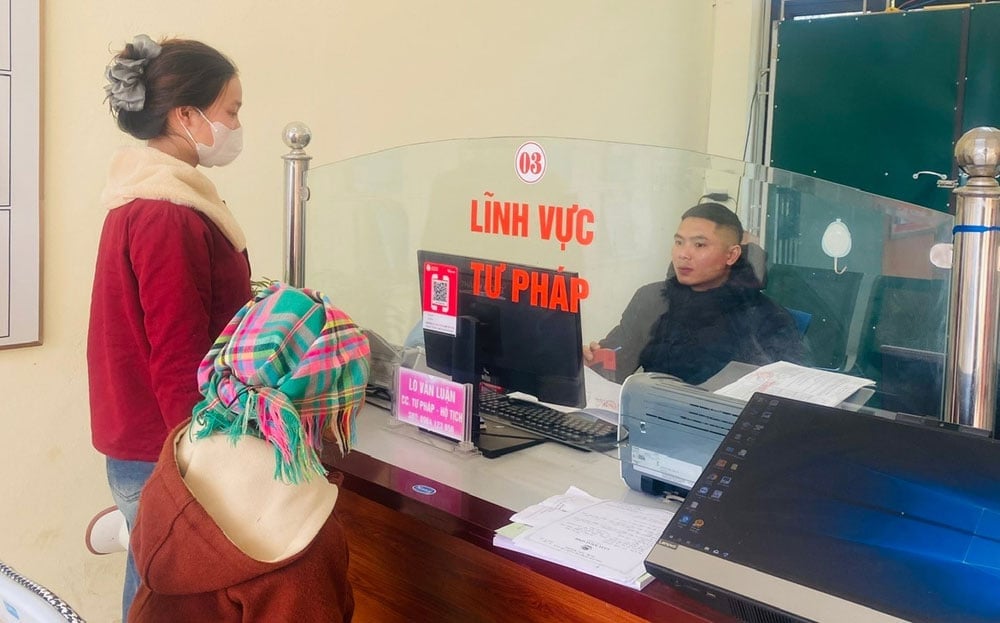
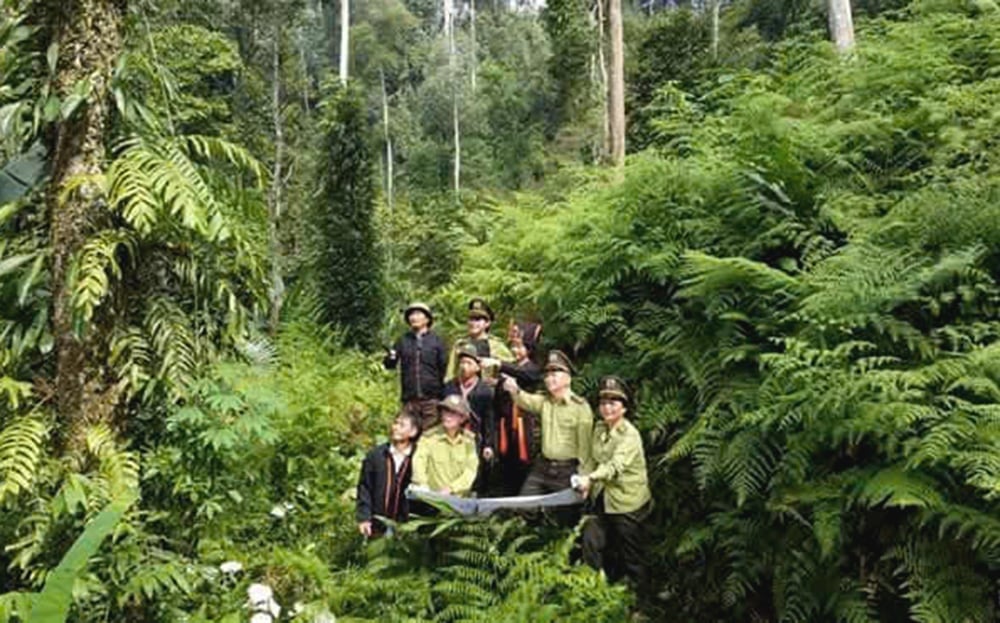

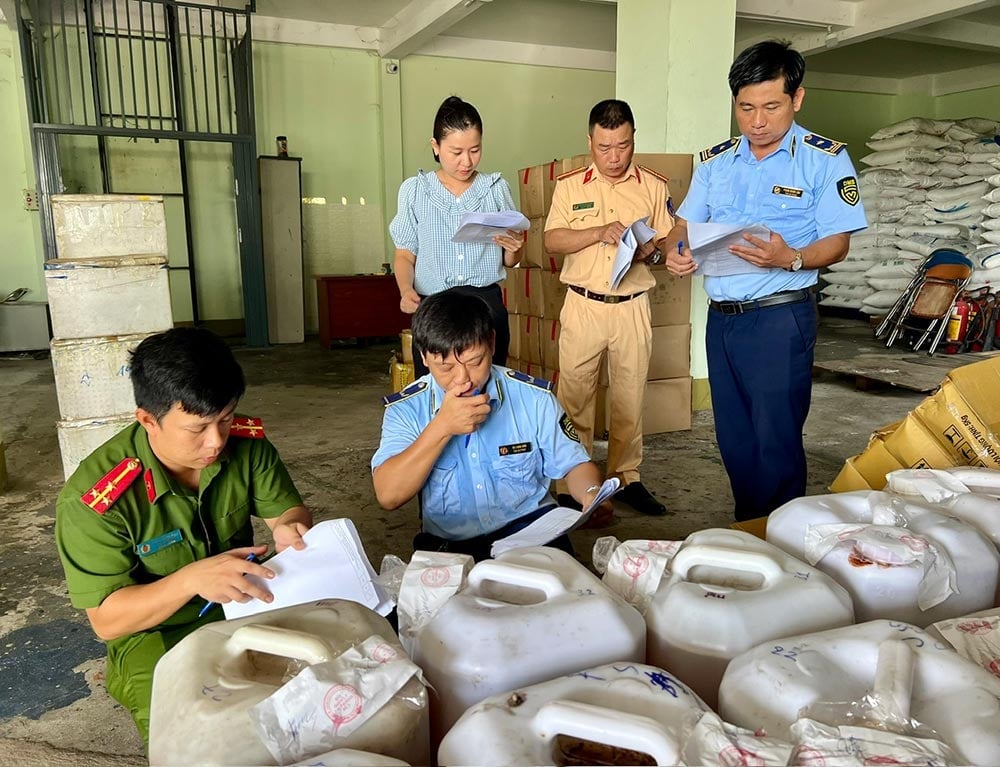

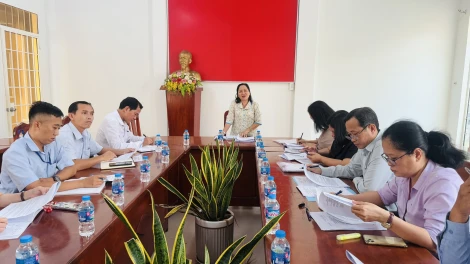
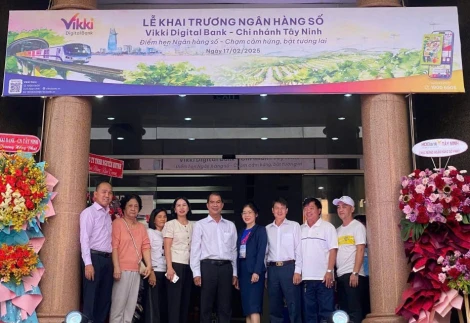
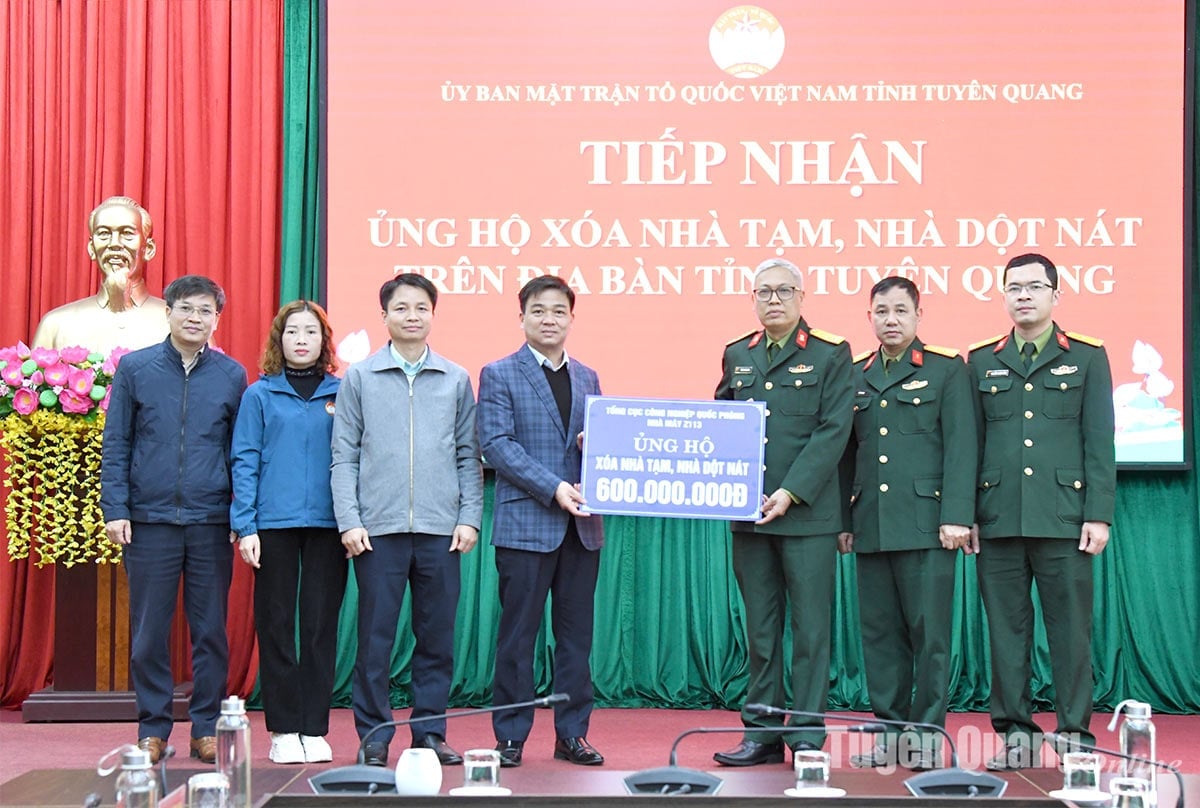
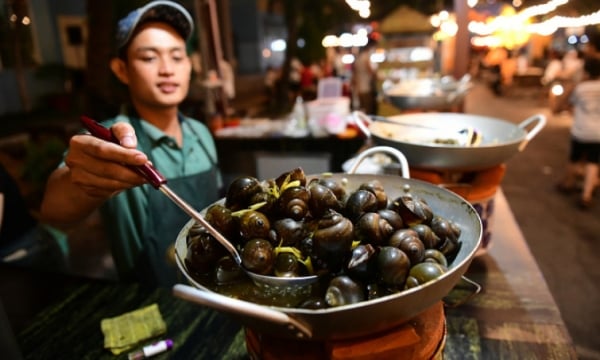
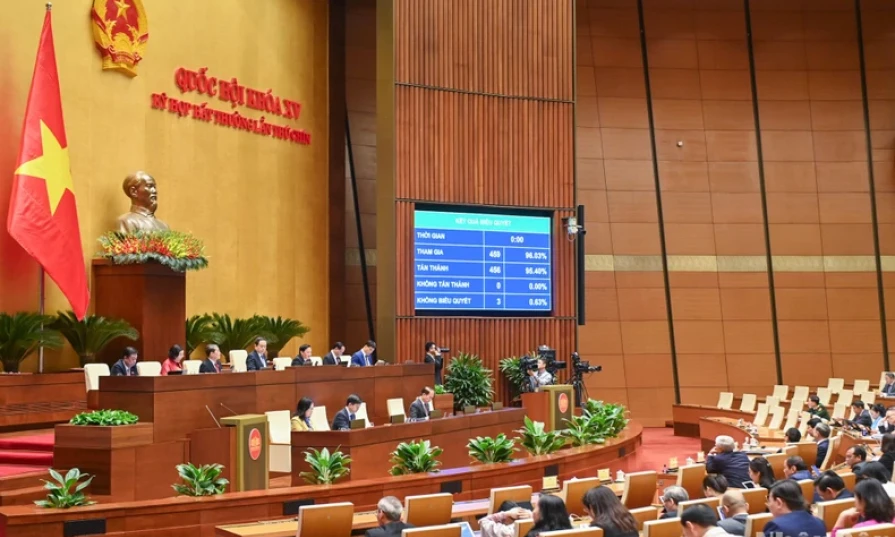
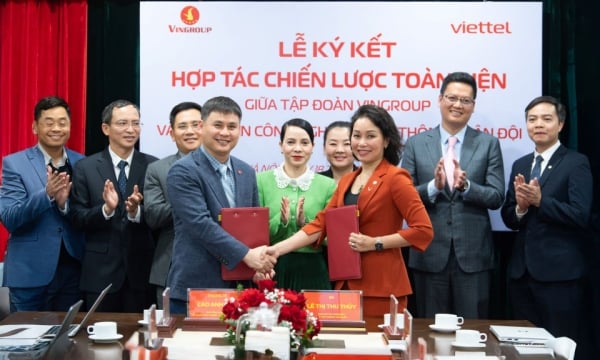
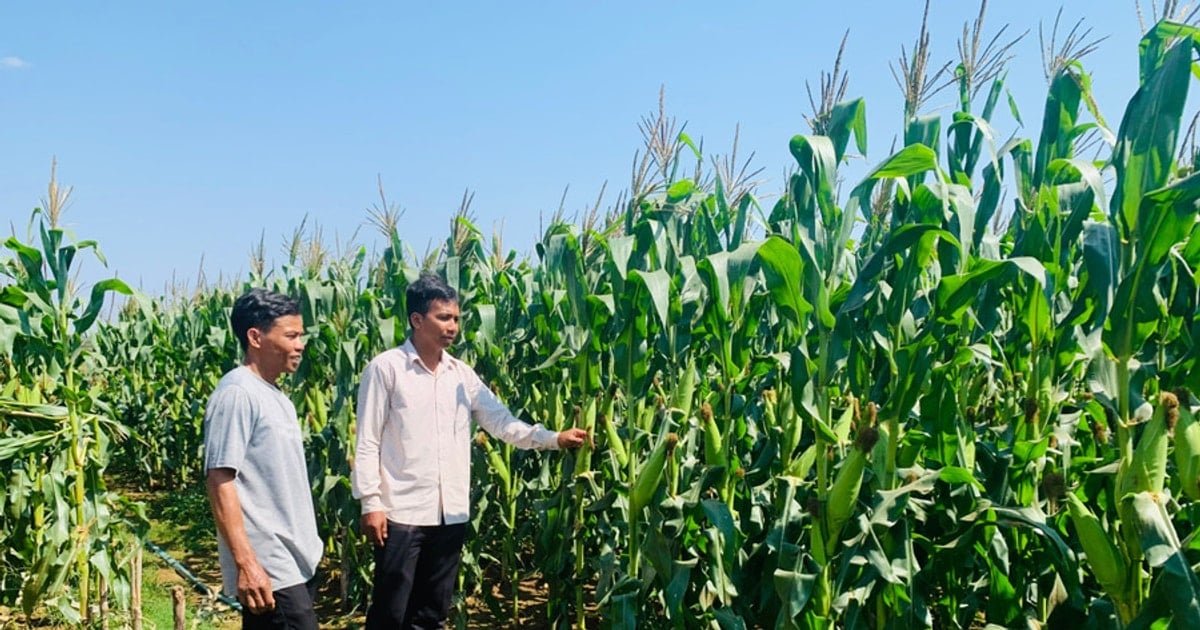

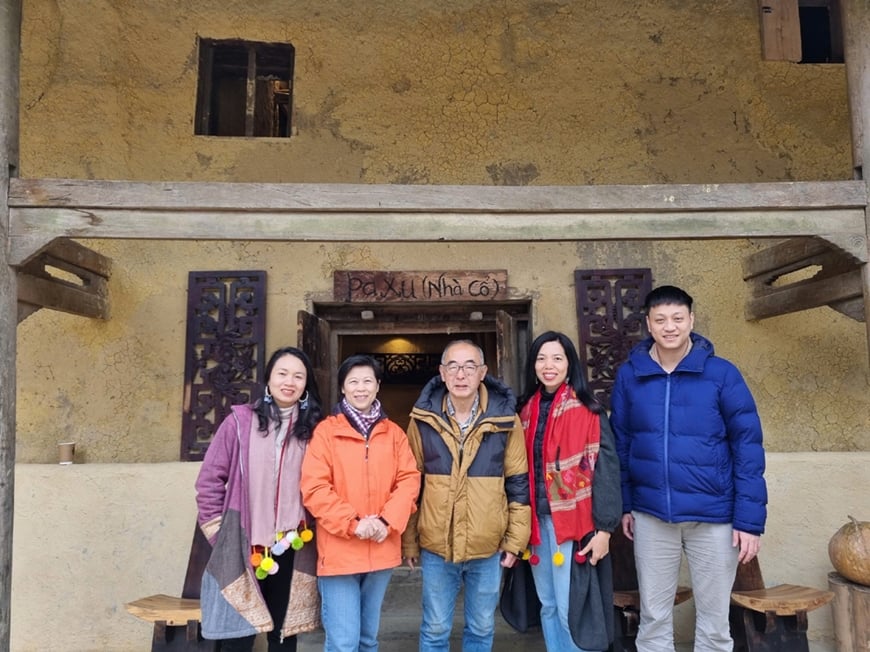





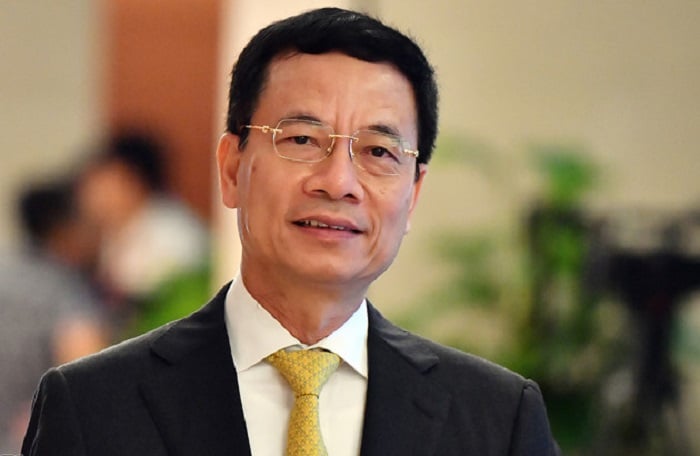



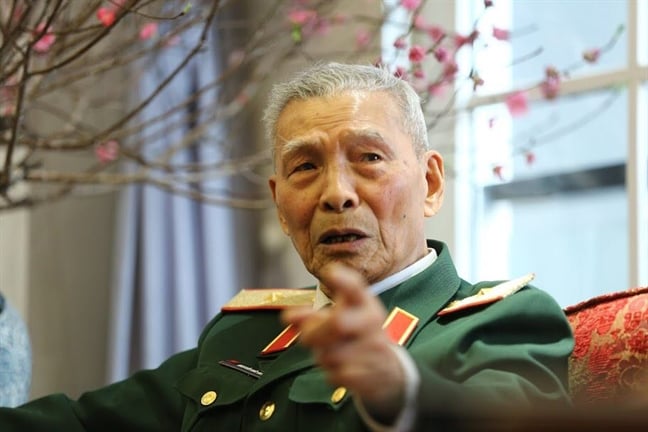


Comment (0)